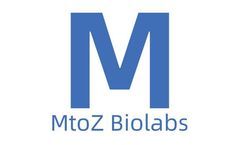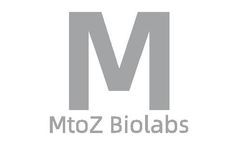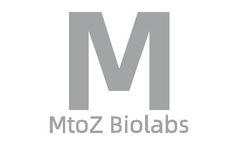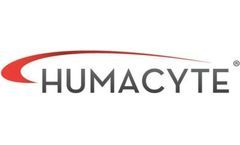Tissue Section Articles & Analysis
18 articles found
Tissue cross-reactivity studies assist in identifying the specific antigens involved in these diseases. ...
The Technical Revolution in Glycan Analysis Modern glycomics leverages breakthrough technologies that have transformed the field: Nano-LC-MS/MS with electron-transfer dissociation capturing fragmentation patterns impossible with earlier techniques Isotope-coded glycan tagging enabling precise quantitative comparisons across disease states MALDI-imaging mass spectrometry visualizing glycan ...
While each has its strengths, the combination of these methods—ImmunoFISH—offers a unique and comprehensive approach to investigation at the cellular and tissue levels. Understanding the Techniques FISH is primarily utilized for detecting and localizing specific DNA sequences on chromosomes. ...
Research in the field of pulmonary biology often requires detailed analysis of lung tissues. One of the optimal methods for studying lung structures and functions in mice is the use of C57 mouse models, specifically through the preparation of frozen sections. ...
Our experienced team specializes in providing advanced in situ hybridization (ISH) services, employing both bright field and fluorescent techniques to deliver precise insights into tissues and cells. The utilization of bright field microscopy allows for clear visualization of traditional ISH, where localization of nucleic acids within various biological samples can be achieved ...
Collagen is a crucial structural protein, widely presenting in human skin, bones, tendons, ligaments, and other tissues. It's essential for maintaining the structural integrity and function of tissues. ...
Specific Staining Method(1) Dyes like Sirius Red or Masson's Trichrome can be used to specifically color collagen.(2) On tissue sections, the stained areas can be quantified using image analysis software to estimate the collagen content.3. ...
This method can provide information about the size and expression level of the protein.Tissue Section Staining Based on Sirius RedSirius red is a dye that can be used for staining collagen in tissue sections. ...
These cutting-edge substrates offer superior signal sensitivity, long-term storage stability, enhanced safety, and user-friendliness, empowering researchers to unlock deeper insights into protein expression and function within tissues. Immunohistochemistry is the study of the localization, characterization, and relative quantification of peptides and proteins in ...
Since the 19th century, the practice of tissue processing has remained largely unchanged, resulting in solidified, paraffin-embedded tissue blocks for sectioning. As staining procedures have advanced and immunohistochemistry is becoming more widely used, high-quality tissue sections are paramount for accurate ...
Tn5 transposition was performed in a fixed tissue section and adapters containing a ligation linker were inserted into accessible genomic loci. ...
Data from 144 tissue samples in the feasibility study demonstrated that SubB2M immunohistochemistry detected melanoma with 91% sensitivity and discriminated between malignant melanoma and benign skin lesions. ...
In addition, significantly more bacteria were recovered from explanted ePTFE compared to HAV. Gram staining of explanted tissue sections revealed interstitial bacterial contamination within ePTFE, whereas no bacteria were identified in HAV tissue sections. ...
Close-up on chromatin modifications Despite recent advances in spatial transcriptomics to map gene expression, it has not be possible to determine the underlying epigenetic mechanisms controlling gene expression and tissue development with high spatial resolution. Denget al. report on a technique called spatial-CUT&Tag for genome-wide profiling of histone modifications ...
“Just getting delivery at all to any tissue is difficult, when you really think about the challenge,” says Daniel Anderson, a chemical engineer at the Massachusetts Institute of Technology (MIT) in Cambridge. ...
Highlights Simultaneous transcriptomic and proteomic analysis on fixed tissue slides 10- and 25-μm spot size for varying resolution and near-single-cell analysis DBiT-seq can be conducted with common laboratory equipment and reagents DBiT-seq produces high-quality RNA sequencing data with high spatial resolution (10 μm) Summary This protocol describes the use of ...
We speculated that a microfluidics-confined delivery of molecular barcodes to a tissue section could enable high-spatial-resolution barcoding of mRNAs or proteins directly in tissue. ...
Some medical schools have introduced glutaraldehyde in cadavers for student laboratories but the results have been mixed both as a tissue preservative and as an irritant. Asthma and asthma-like symptoms have been identified by NIOSH in their investigation of hospital occurrences of the symptoms just mentioned (“Glutaraldehyde – Occupational Hazards in ...











